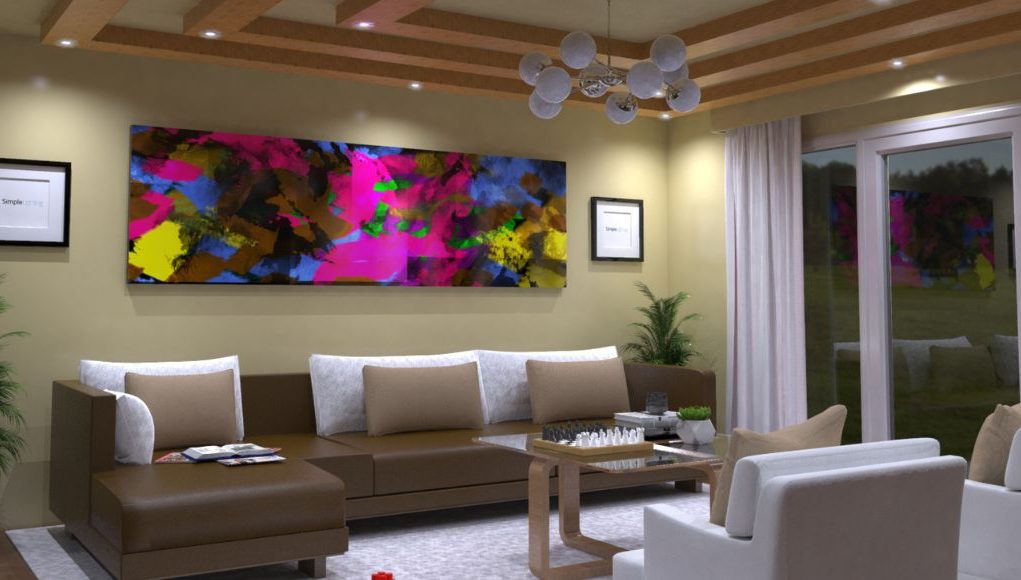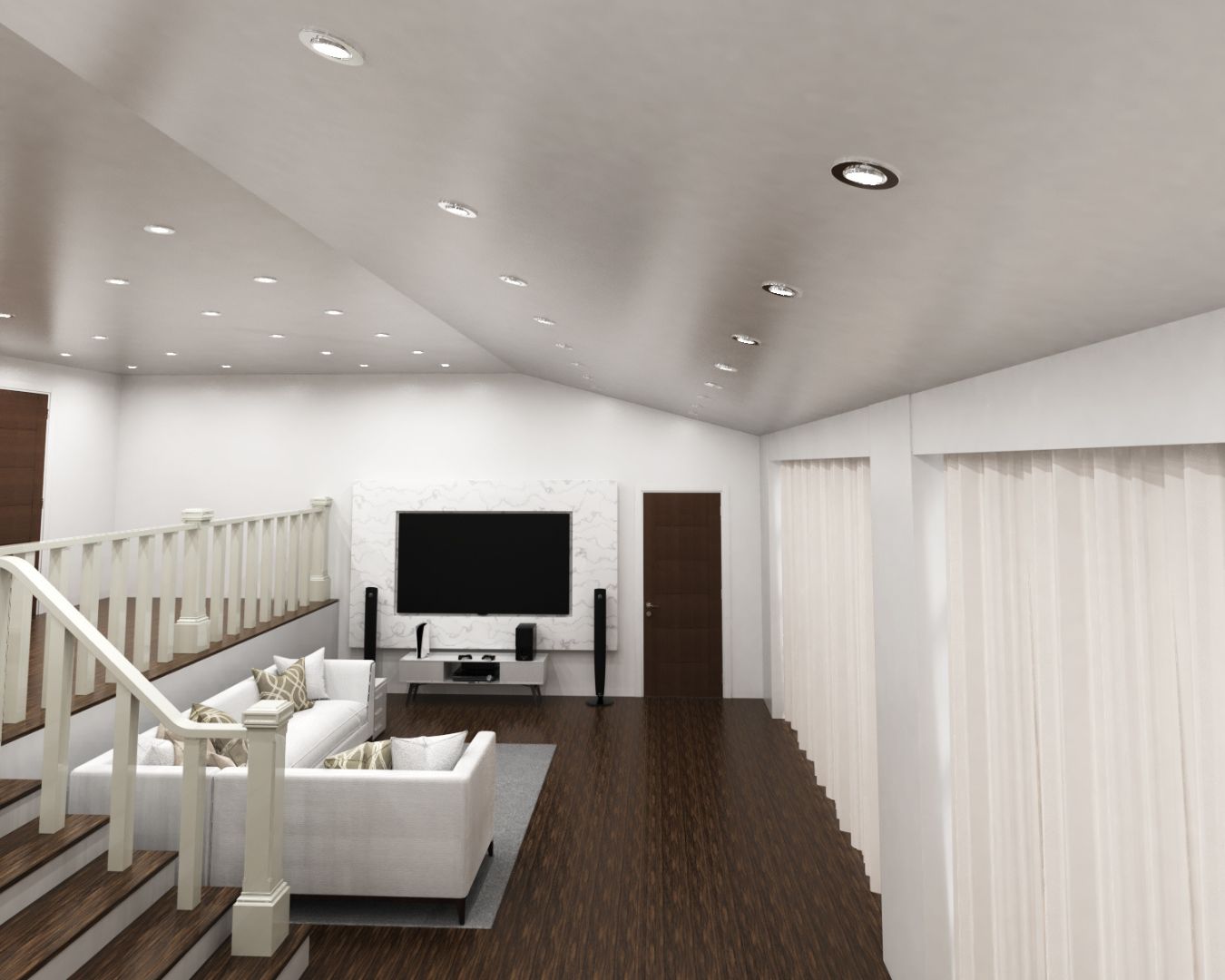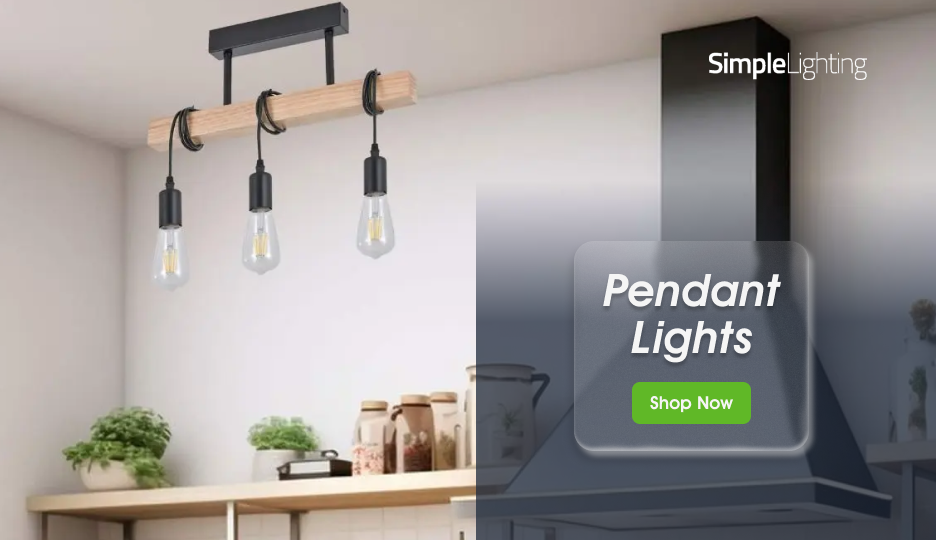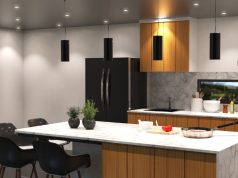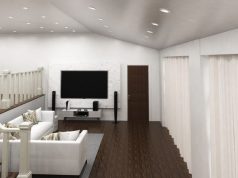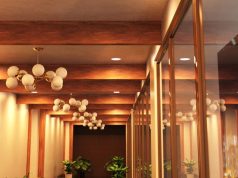Ah, the living room. The social hub of your home. One would even argue that this is the heart of your home. It’s a place to relax after a long day, host movie nights, or welcome friends and family who come over for a chat and maybe a drink or two.
That’s why it’s important that your ceiling lights are able to set the tone for every one of these moments. Because, if you didn’t know, a carefully chosen light fixture can transform the atmosphere of a space.
Is your living room capable of creating a relaxing ambience when you want to unwind? Is it capable of transforming into an immersive space for movie nights? And is it able to create a joyful atmosphere when friends and family are over?
In this post, we’ll walk through the best ceiling light options for living rooms, explain how to match them to your space, and share practical tips on layering light and staying on budget.
So, grab a note and a cuppa because we’re diving in.
Why the Right Ceiling Light Matters in the Living Room
Here’s the shocker: ceiling lights do more than simply brighten a space. They shape the mood and usability of the room throughout the day. Specifically, they:
Create Ambience for Every Occasion
The main ceiling light provides the foundation for achieving the right lighting for your living room activities: bright, even lighting for family game night, and a softer glow for a cosy, quiet evening. Both of these and more are achievable, especially if combined with dimmers or complementary lamps.
Balance Form and Function
A well-planned fixture draws the eye upward, making the room feel larger. Your lights can either be the focal point of your decor or a subtle background feature, depending on the style you’re going for.
Support Multiple Activities
The living room is a multipurpose space that can serve as a home office during the day and a cinema by night, among other uses. A single standard light bulb won’t do for a ceiling light. You want a versatile one, perhaps with adjustable brightness or direction, that lets you easily adapt your lights to each activity.
Types of Ceiling Lights Suited for Living Rooms
Not all living rooms are created equal. Every living room is made unique by the people who use it. When installing your ceiling lights, consider how each type can serve you in both style and practicality.
Flush & Semi-Flush Ceiling Lights
Got a living room with a low ceiling? Don’t even think about chandeliers or pendant lights. Flush or semi-flush lights sit close to the ceiling, creating an uncluttered look that offers a minimalist aesthetic without occupying space.
What’s the difference?
- Flush fixtures – hug the ceiling and distribute light evenly, making them perfect for small living rooms or spaces with limited headroom. An example of this is surface-mounted downlights.
- Semi-flush fixtures – drop slightly to add visual interest but without overwhelming the space.
PRO TIP: Look for designs with frosted glass or subtle metallic trims to provide a soft, even glow without harsh shadows.
Pendants & Chandeliers
Craving for a statement piece? Pendants and chandeliers bring drama and personality. Just make sure you have the ceiling height for these.
- Pendants – these fixtures range from single bold domes to clusters of small globes. Pendant lights give off a modern and industrial vibe to your interior.
- Chandeliers – add this timeless elegance to your living room. These range from crystal-draped classic to sleek, contemporary designs.
Mind your head! If you’re installing either of these above spaces where people will be walking, ensure a clearance of at least seven feet from the fixture. You can lower them slightly if they’ll be hanging over a coffee table where there’s no risk of people bumping their heads.
Spotlight & Track Lighting
Spotlights and track systems add flexibility and directional control. You can use them to highlight artwork, shelving, or textured walls. The adjustable heads also allow you to angle the beams for accent lighting or task zones, such as a reading nook.
Both types of lighting work well in modern spaces and pair beautifully with dimmable LEDs for a layered effect (more on that later).
LED Recessed Downlights
The holy grail of home lighting. LED recessed downlights are unbeatable. Use these for a clean, architectural finish.
- Blend seamlessly into the ceiling, ideal for a minimalist or contemporary living room.
- Energy-efficient LED versions provide bright, consistent light with low running costs.
You can use this light in two different ways:
- Arrange them around the perimeter to wash walls with light, or
- Create a grid for even coverage.
How to Choose the Style, Size & Finish
“Hey, that lamp looks like it might look good in the living room.” If this is you when browsing for lights, then you need to pay attention.
You don’t choose your lights just because they “look good.” There are more factors that come into play when choosing a “good light.”
Matching Light to Room Size & Ceiling Height
Some things to take note of when choosing your lights relative to your ceiling’s height:
Small Rooms or Low Ceilings — Opt for flush or semi-flush fixtures with a broad diameter or wide beam angles. This way, you get a wide light spread without taking up headspace.
Large or High-Ceiling Rooms — You’ve got the headspace. Why not make a statement with a multi-arm chandelier or a large pendant that draws the eye upward and fills the vertical space?
Zoned Lighting — If your living room doubles as a workspace or dining area, consider creating “zones” using multiple pendants or a mix of recessed and track lighting to define each space.
Finish & Colour: Metals, Blacks, Brasses, Neutrals
Your fixtures need to complement your interior decor, do they not? They do.
- Brushed brass or gold warms neutral or earthy interiors.
- Matte black or gunmetal suits modern industrial schemes.
- Polished chrome or nickel complements contemporary and minimalist spaces.
- White or neutral shades keep the focus away from the lights and on the architecture and furniture instead.
You can also mix and match finishes. It’s increasingly becoming popular nowadays.
Light Colour Temperature & Bulb Types
The colour of the light you choose can significantly influence the mood, atmosphere, and functionality of your living room.
- Warm white (2700K–3000K) creates a cosy ambience for relaxing evenings.
- Neutral/Natural white (3500K–5000K) works well for multipurpose spaces.
- Daylight/Cool white (5000K+) is best for activities that require high concentration and alertness.
There are colour temperature-adjustable lights available for easy transitions between colours. LED bulbs are the smart choice for efficiency and longevity.
Layering Lighting for Best Effect
Light layering is basically what it is: layering different lights. This helps build depth, balance, and character in your space. Layering your lights also creates not only an aesthetically pleasing but also a versatile and functional space.
How do you do it then? Simple. Just combine ambient, task, and accent lights in one room. In other words, light layering is “not having just one type of light in your space.”
- Ambient lighting – your main ceiling fixture sets the overall brightness.
- Task lighting – floor or table lamps for reading corners or hobby areas. Spot lights and track lights can also do the part.
- Accent lighting – wall sconces or LED strip lights to highlight artwork or architectural features.
For example, you can use recessed LED lights for ambient lighting (colour-adjustable), add a lamp on the desk beside the sofa (either warm or natural white), and install downward-pointing wall lights (with a warm light) to highlight a painting or artwork. This alone is already miles away from just having recessed white lights and nothing else.
Use dimmer switches to adjust the intensity of your lights throughout the day and easily create different lighting combinations that best fit your current activity in the living room.
Budget Tips & Installation Advice
Great lighting doesn’t have to mean big spending. Consider these practical points before purchasing your living room lights.
Set a Realistic Budget
Factor in all the fixtures and fittings you’ll need, including bulbs, switches, dimmer switches, drivers, modules, and potential electrician fees (unless you’re undertaking a DIY project). Just remember that quality LED options often cost more upfront but save on energy and replacement costs.
Plan for Energy Efficiency
LEDs consume up to 80% less energy than traditional bulbs. They also last significantly longer, reducing long-term costs. Reduced cost means increased savings.
DIY or Hire an Electrician?
If you have the know-how (or better yet, a certificate) on working with electricity and installing lights, by all means, go full DIY. However, if you lack qualifications for working with lights and electricity, hire a qualified electrician to ensure safety and compliance with UK electrical standards.
Think Long-Term Maintenance
Select fixtures with easily accessible bulbs or integrated LEDs that come with long warranties. Additionally, if you’re not keen on cleaning, consider holding off on fixtures with intricate designs. Those are dust magnets. Choose ones that have simple, one-wipe clean designs instead.
Bringing It All Together
It’s easy to get swayed by what is trending on the internet. Don’t be a victim. Choosing your lights is more than just matching a trend. It’s about creating an environment that you’ll love (and continue to love) to spend time in.
So, whether you’re picking an elegant chandelier, a simple (yet practical) flush mount, or a full-on recessed LED, remember that the perfect fixture balances aesthetics, function, and comfort.
Your living room is a continually changing space. Your lights should be able to adapt to these changes seamlessly.
Simple Lighting offers a diverse collection of ceiling lights to suit every style, space, and budget. Browse our curated selections online to find the piece that will make your living room shine.


